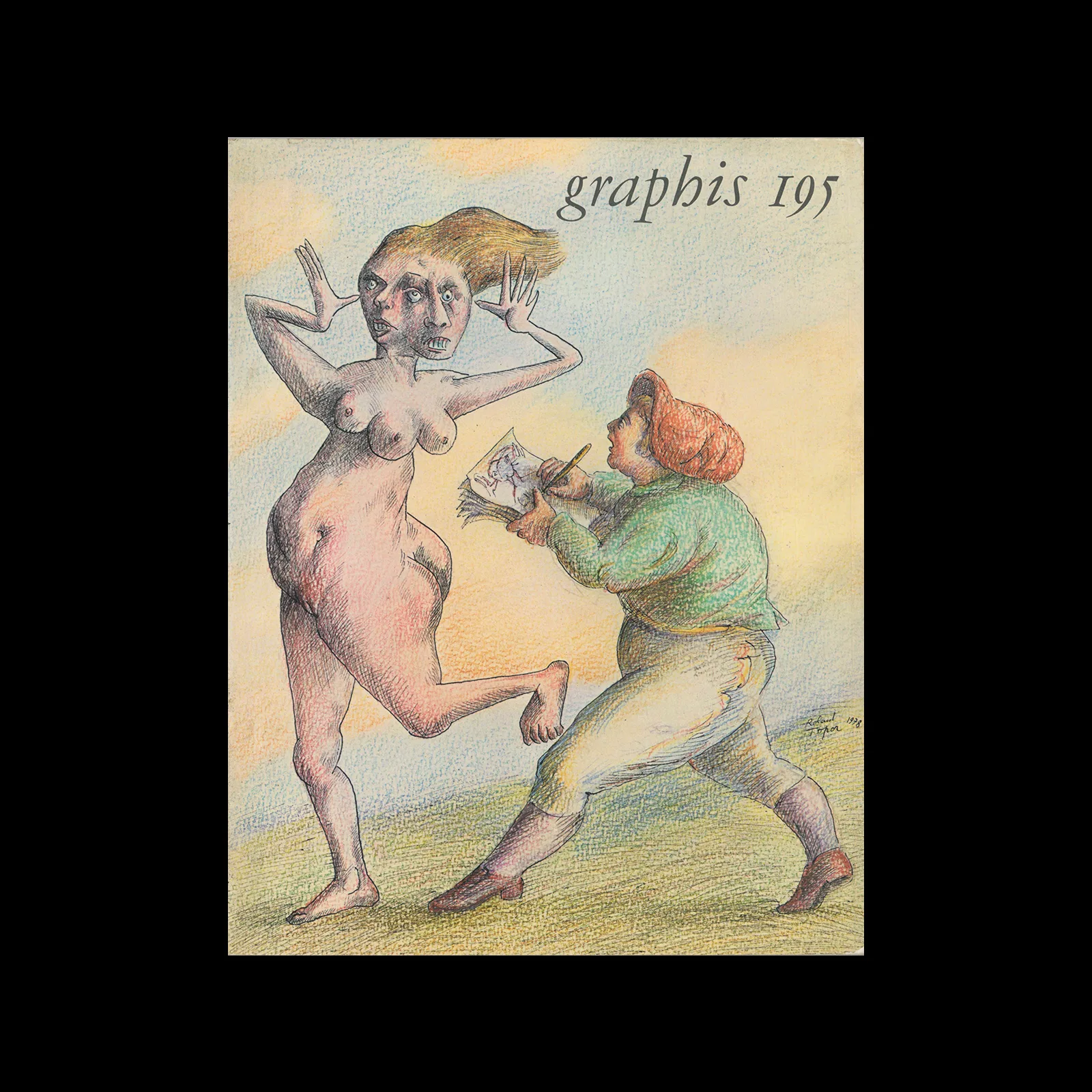Information
Content includes:
Archigraphia. A New Graphis Book on Architectural and Environmental Graphics, by Stanley Mason
Art Directors Club fur Deutschland. A cross-section of the work chosen by the German Art Directors Club for 1976 and 1977, by Ludwig Steinmetz, Dusseldorf
2 X Roland Topor: Recent Work in the Galerie Keel, by Reinhardt Stumm, Rheinfelden; 120 Illustrations for the Complete Stories of Marcel Ayme, by Stanley Mason, Zurich
The Ninth Kodak Colour Calendar Contest in Stuttgart, 1978, by Dr. Karl Steinorth, Stuttgart
Allan Fleming, by Robert Burns, Toronto
Spektrum: A Quarterly of Printmaking and Poetry, by Manuel Gasser, Zurich
Janosch. Etchings for a Wedding Portfolio
Details
Linked Information
